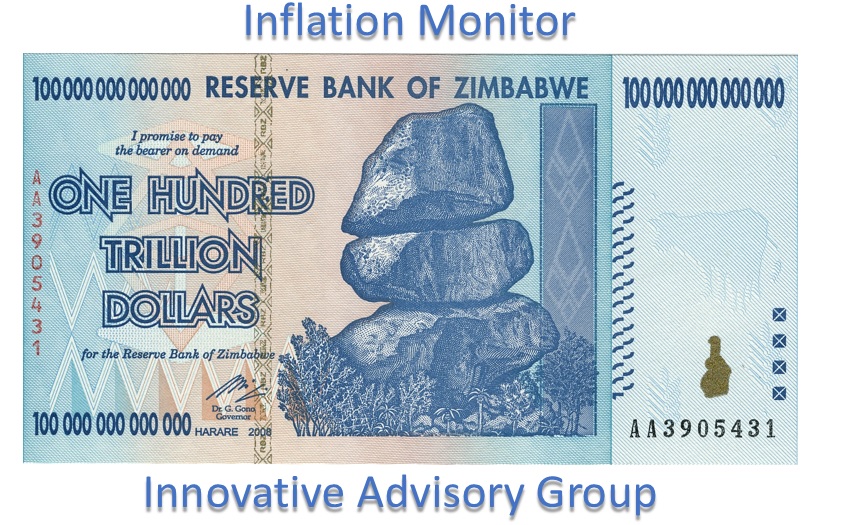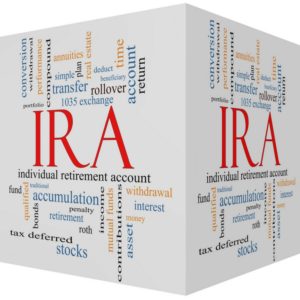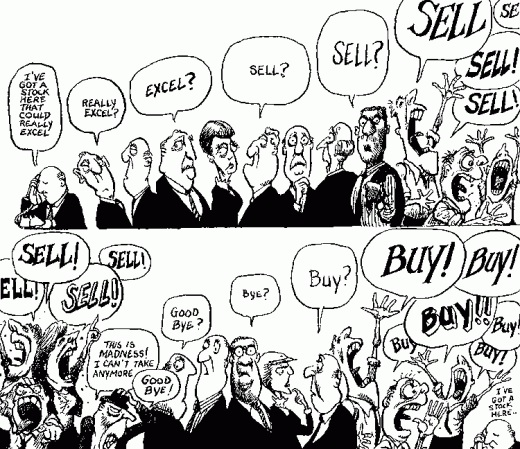
Professional titles are a great way to distinguish professionals from one another. You wouldn’t confuse Dr. John Smith with John Smith D.M.D., or Col. John Smith with Lt. John Smith. The financial advisory profession is much the same way. However it is a little more cryptic to the investing public as to what the different titles mean in the financial advisory profession due to their lack of uniformity. I hope to dispel some of this confusion right here.
Job “Title” vs Designation
Financial advisors use titles and designations to communicate to their clients and prospective clients who they are and what they do. While titles are a way to communicate to people what their role is, a designation is a way to show people that they have received additional education in certain areas. Unfortunately there is very little regulation or oversight in using different titles or designations from the industry regulators. This has actually been one of the main causes for the lack of clarity among the investing public along with the rampant creation of designations for different specializations. The Wall Street Journal recently listed 208 designations for financial service professionals on their website.1
This list of 208 does not include designations which are internally given by companies to their brokers or advisors for passing an advanced education exam. For example, I received a Financial Planning Specialist (FPS) designation when I worked at Smith Barney. However, when I left the firm, I could no longer use the designation even though I passed the test. If you see the list, you will realize the runaway problem the financial services industry faces in further confusing the public. Some of these designations are monitored by FINRA and some are not.
How popular is your financial advisor?
As a professional financial advisor with over 15 years of experience, I have spent a lot of time over those years trying to craft the appropriate title to describe my profession, while at the same time trying to distinguish myself. One type of competition I have is with other people who have services which closely mirror my own. The other type of competition is from people who are from a different profession, but use the title of financial advisor. People from other professions who also use this title include: insurance salespeople, mortgage brokers, tax preparers, and more. This leads to a consumer who ends up being confused, and potentially does not get the help they are looking for.
Popular financial advisor designations
As an example of some of this research, I have illustrated the investing public’s levels of interest in the following four designations…
Read More…








